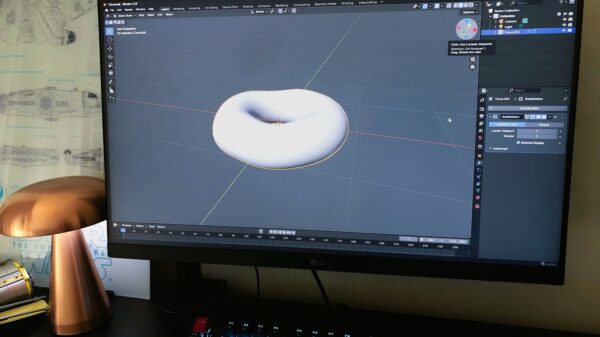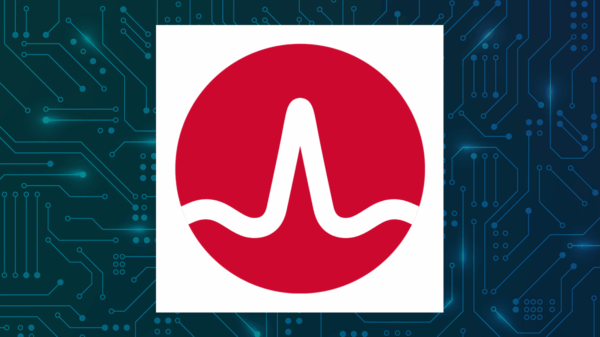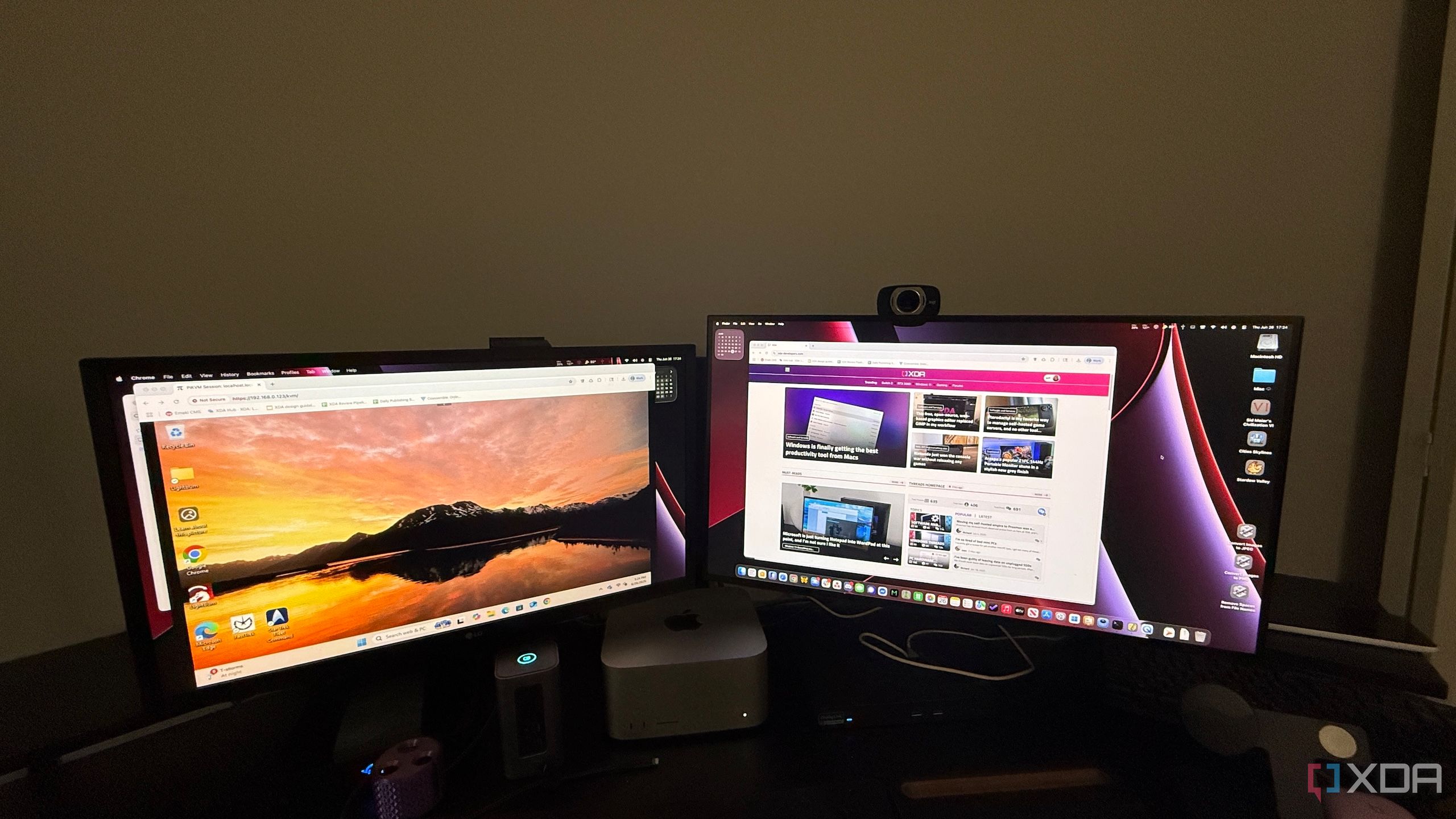UPDATE: Home lab enthusiasts are experiencing a transformative shift in server management with the introduction of PiKVM, a powerful tool that provides full remote control over systems, even during critical failures. As of October 2023, users are praising PiKVM for its ability to address issues that previously demanded physical intervention.
The urgency of remote management has never been clearer. PiKVM enables users to troubleshoot boot issues without needing to touch a single cable, a game-changing feature that is reshaping how tech professionals manage their systems. With PiKVM, the control extends beyond simple software access, offering BIOS-level interaction that can save time and reduce downtime significantly.
The standout feature of PiKVM is its **full remote access** capability, allowing users to manage server issues regardless of the operating system’s status. Unlike traditional remote desktop or SSH tools, PiKVM operates even when the OS has crashed, provided the local network is available. Users can access the BIOS, switch boot devices, and monitor the boot process in real-time, all from the comfort of their desks.
Immediate Benefits: Users report that tasks which once took **15 minutes** to set up now take mere seconds. This efficiency means that troubleshooting a headless system no longer requires moving hardware or wrestling with cables. Whether on the couch or traveling, as long as there’s VPN access, users can initiate repairs swiftly.
Another critical advantage is the **remote power cycling** feature. PiKVM allows users to restart unresponsive systems instantly, eliminating the need for physical presence. This capability is crucial during system updates or stress tests, where quick intervention can prevent prolonged downtime. The profound impact on workflow efficiency is evident, especially for those managing multiple machines.
Security remains a top priority, and PiKVM does not disappoint. Users are encouraged to connect through **Cloudflare Tunnel**, keeping the management console hidden from unauthorized users. The system supports HTTPS encryption and two-factor authentication, ensuring that only authorized personnel can access sensitive controls. Each action is logged, providing a clear audit trail that enhances security posture.
PiKVM’s compatibility is another significant draw. The system works with virtually any hardware that outputs video via HDMI and accepts USB input. This flexibility means users can manage everything from modern servers to older desktops with ease, ensuring a consistent management experience across devices.
Cost-effectiveness is also a highlight. PiKVM offers nearly enterprise-level functionality at a fraction of the price compared to traditional KVM-over-IP solutions. Users can build their units using a **Raspberry Pi**, making it an accessible option for most home lab budgets. The open-source nature of PiKVM allows for customization and integration with existing monitoring tools, giving users control over their tools without waiting for vendor updates.
The impact of PiKVM on downtime is substantial. When a key system goes down, users can diagnose issues immediately, viewing boot processes and error messages in real-time. This rapid response can turn potential outages into minor blips, keeping self-hosted services operational and experiments progressing without interruption.
As PiKVM continues to gain popularity, it is clear that this tool is no longer a mere convenience but a fundamental component for home lab management. With its **remote control** capabilities, security features, and cost-effectiveness, PiKVM is poised to redefine how tech professionals approach server management.
For those looking to enhance their home lab setup, PiKVM is an investment that promises to improve efficiency and reduce downtime significantly. As the tech landscape evolves, tools like PiKVM will be at the forefront of innovative management solutions, making it essential for anyone serious about their home lab.


































































